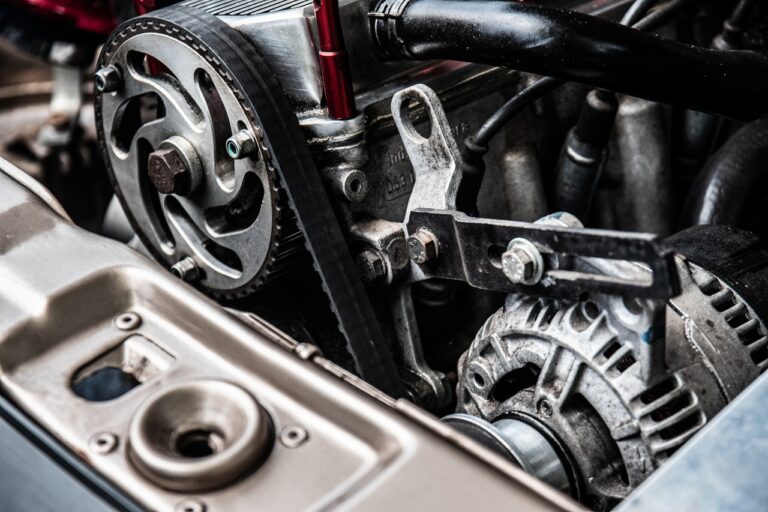You ARE More Than the Sum of Your Parts


Throwing is More Than Just Your Shoulder
With this in mind, I will use an example of a patient that recently was seen for his shoulder pain.
He was a baseball player that had shoulder pain that limited his ability to throw. He had a bit of a history of injuries from playing high school football and baseball. He had shoulder surgery to fix a torn labrum. The surgery was successful, and he had returned to playing baseball at his college.
As he went through the season, his pain returned…just like prior to the surgery.
He was frustrated and afraid that he had re-injured his shoulder and would require surgery…again!
As he presented to my office for another opinion on what to do, I asked about what he had done in his previous rehabilitation following the surgery. He named all the standard exercises for the shoulder that you need to do following the surgery.
You might not have guessed, but the throwing motion requires using much more of you than just the arm and shoulder.
So the part (labrum) was “fixed,” so the shoulder was “fixed.”…or so he thought…. Time to get back to throwing, right? Then his pain returned.
However, he never mentioned being taught any exercises for the rest of his body.
Consequently, the shoulder was never assisted by the rest of the body in its work to throw. This led to increased stress on the shoulder and a return of the pain.
Back to the point, the throwing motion is MORE than the sum of your body parts.
He began lower body exercises, core strengthening and retraining, and shoulder blade focused exercises. By focusing on connecting the lower body to the core and transferring that force through the shoulder blade to the arm, the stresses across the shoulder were actually reduced.
Subsequently, the final result was that he could throw a ball 12-miles per hour faster without any shoulder pain. Also of note, he was able to hit the ball better and farther, with much more power because of getting the entire body into his motion.
Conclusion
While you might not improve your throwing speed to a level that makes you able to play baseball professionally, you can improve your mobility and strength to enable you to get through your day without mundane tasks limiting you.
Remember that you are more than just the sum of your parts. One part should not be the only focus that you have. You can’t just simply have a new starter installed and drive away happy. You are not a machine.
However, sometimes one part does need attention, and maybe even surgery, before you can build yourself back to doing what you love.
Finally, remember that we all have the same moving parts, and we can do amazing things. Just look at Usain Bolt, Michael Phelps, and the “old man” Tom Brady for some encouragement. But remember, it’s not just Usain Bolt’s feet, or Michael Phelps’ surfboard trunk, or Tom Brady’s shoulder that makes them great.
It’s the sum of all the parts working together that adds a different quality to make them perform better than could be predicted.
If you want to know how this concept relates to a pain or problem that you are experiencing (whether that be shoulder, knee, or back pain), or if you are having a limitation in your ability to move the way you need to in daily life or sports (walking, running, swimming), contact us via e-mail or phone. We’d love to help answer your questions and get you back to doing what you love!
Archives
- October 2024
- March 2024
- February 2024
- January 2024
- October 2023
- September 2023
- April 2023
- December 2022
- November 2022
- October 2022
- August 2022
- July 2022
- June 2022
- May 2022
- March 2022
- January 2022
- April 2021
- February 2021
- January 2021
- September 2020
- August 2020
- July 2020
- June 2020
- April 2020
- January 2020
- September 2019
- June 2019
- May 2019

3 Responses
Hi Scott,
As always I enjoyed your blog. I wish my body was a machine and I could get a complete tuneup and be good to go! However as a bike on my indoor seated elliptical, meet A friend a few days a week to walk around the track at Carver, and walk as much as possible in the afternoon and evening, I am feeling stronger and more balanced! Lee and I got to ride outdoor bikes for five days in OC a couple weeks ago. I have mastered going up straight ladders in swimming pools, Which was quite an accomplishment for me. I was just talking about you on the track this morning. Hope you are doing well! I am so glad that people are starting to go out and about again. Take care and have a great day!
Thanks for the continued wisdom in your blogs. I have been doing the exercises you recommended for my ailing shoulder and hip, my most recent maladies, and I am really making very good progress. I have been following your physical therapy advice for various injuries for over twenty years and that is what has kept me in the gym, where I will return when it reopens, even at 77 years of age. Thanks for helping me stay active.